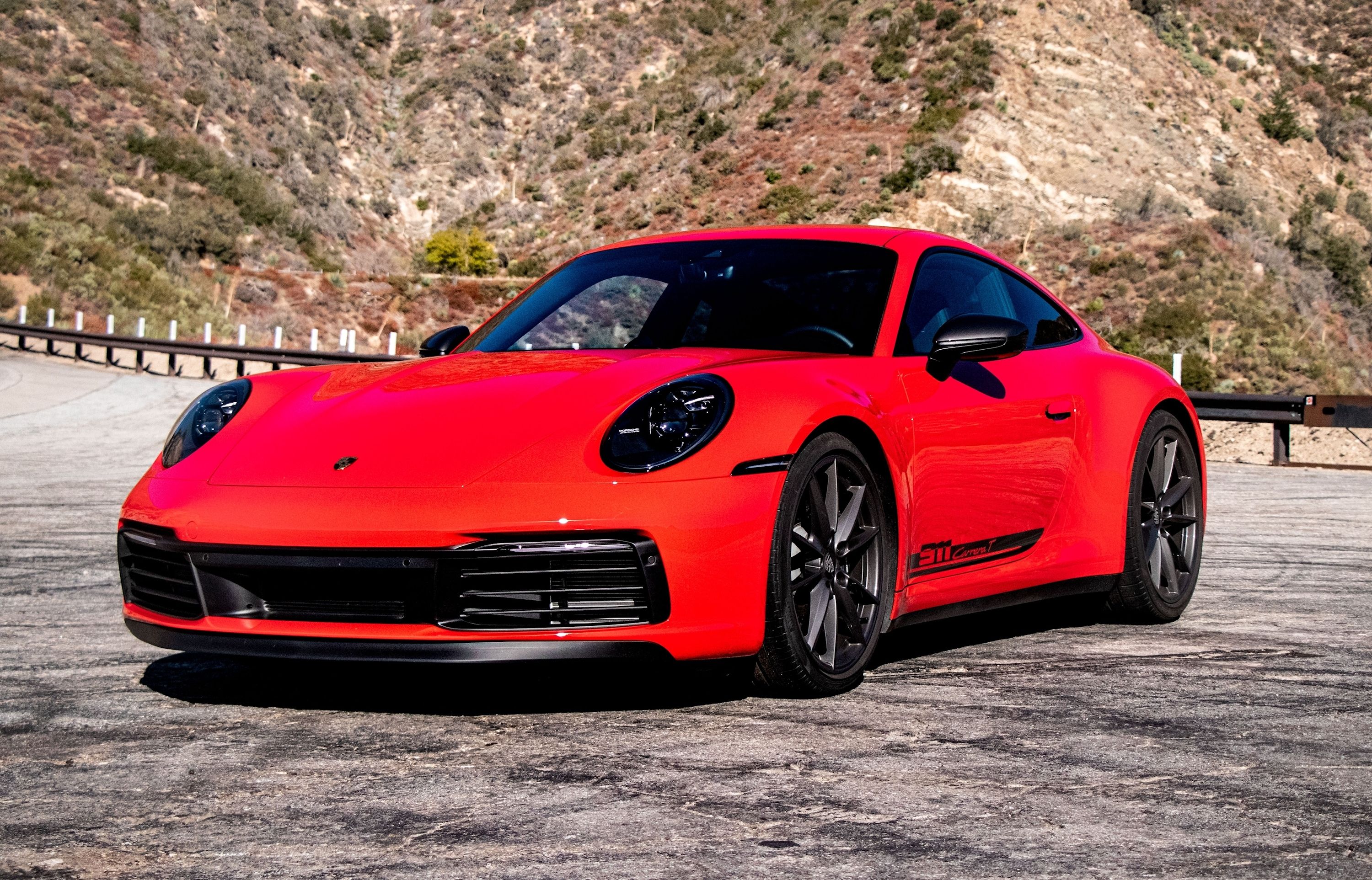
Have you wondered why Porsche and Audi are spending money to enter the uppermost echelon of motorsport, also known as Formula 1? The two brands confirmed what we had long suspected last week, but no deals have been made so far.
Audi has expressed interest in McLaren and Aston Martin, while Porsche continues to be tied to Red Bull Racing. What is certain is that an investment like this doesn't come cheap, and both brands will likely spend millions of dollars just to gain entrance.
Automotive News Europe recently published an article containing some insider knowledge. It basically boils down to two things: F1 reaches the right audience, and being part of the sport elevates a brand's prestige. To put it simply, it's a race on Sunday sell on Monday marketing strategy. Win with a Porsche-powered Red Bull on Sunday, sell 1,000 911 Carreras on Monday.
First, let's address the target audience. Both Audi and Porsche are high-end brands, and the viewers in the grandstand are their target audience. For proof, look no further than the average ticket prices paid by the 240,000-strong crowd that attended the Miami Grand Prix.
When the tickets first went on sale, the price was below $1,000. Those same tickets were going for $1,342 on the secondary market. The luxury packages, including hotel fees and afterparty entertainment, were $110,000. Rumor has it that a spot on the fake marina cost $80,000.
Those in the know credit Drive to Survive, recently renewed for two more seasons. F1 draws such a big crowd in the USA that a Las Vegas Grand Prix has been added to the roster from 2023. Next year, the USA will host more Grand Prix than any other country.
Brett Goldberg, co-founder, and co-CEO of TickPick, believes that doing well in F1 bolsters a brand's image. This translates into sales.
"Your [potential] Porsche enthusiast, your sports car enthusiast - they do not always translate to NASCAR, but they do translate to Formula 1," said Goldberg. "That is a wealthy group of individuals."
What does he mean by this? Put simply, a NASCAR and the car it's meant to look like have nothing in common. But F1 technology tends to siphon down to production cars. Examples include carbon fiber, active aerodynamics, and even paddle shifters, even though said paddle shifters aren't remotely the same thing you find in an actual F1 car.
There's also money to be made from winning and co-sponsorships. Roughly 50% of an F1 team's income comes from winning. As for sponsorship, American brands are, for the first time, willing to buy-in. And then you have the international sponsorships, in some cases worth as much as $150 million.
Finally, there's an opportunity to showcase new technology. As you might know, F1 faces the most significant rule changes ever in 2026. The 2026 cars will rely heavily on the latest battery technology and will have to run on 100% biofuel. This places Audi and Porsche in a prime position.
Audi is hitting the EV market hard, and Porsche is the leading manufacturer when it comes to synthetic fuel research. A win with the above technology could do wonders to persuade naysayers that going green isn't so bad after all. All while making millions of dollars in the background.
